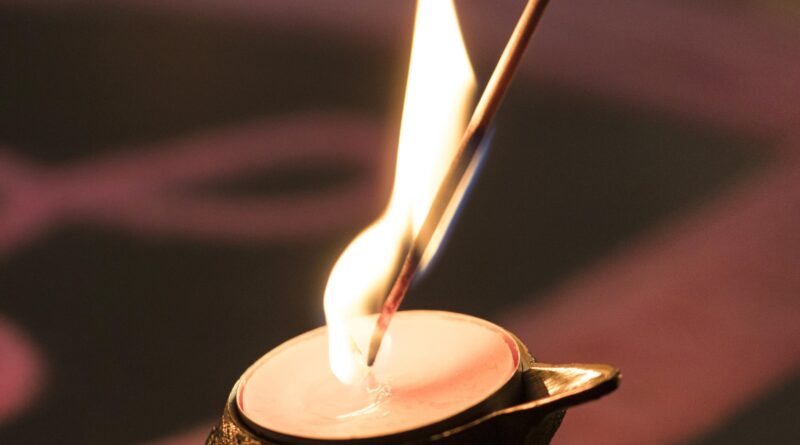Why you should reconsider using incense sticks regularly
For centuries, burning incense has been used in rituals. But, this old habit can be dangerous for you!
Author and producer Keith Bishop shared a video on Instagram, where he says, “Burning incense indoors increases levels of toxic chemicals, including PAHs, polycyclic aromatic hydrocarbons. overall, studies show exposure to secondhand smoke increases the risk of lung cancer.”
Dr. Sushama Sumeet, BAMS, MD, PhD, ayurvedic physician and senior research fellow at ICTRC Pune Integrated Cancer Treatment and Research Center agrees with Bishop, “Burning incense in the house every day, if produce harmful chemicals such as polyaromatics hydrocarbon, carbonyl, benzene increases the risk of cancer.”
What chemicals are released into the air when incense is burned?
The shape of incense sticks varies by industry. Natural or organic incense sticks are made from fresh cow dung, charcoal, dried herbs and flowers, they are scented with ingredients like Commiphora mukul exudate (guggulu), Vateria indica exudate (raal), lavender , rosemary, rosemary petals (Rosa). centifolia), and Santalum album heartwood (sandalwood) powder. Natural ingredients such as ghee or jaggery are used, and bamboo skewers serve as these base of dhoop sticks. These natural incenses have a mild and subtle aroma, says Dr Sumeet.
He explains that due to the high demand for strong and long-lasting incense, artificial sticks have become very popular. These are usually made from scrap wood, plywood powder, sawdust, or different colored powders, using a strong glue as a binder and artificial fragrance oil for the smell.

Agents such as dipropylene glycol are commonly used commercially to dilute fragrance oils. Burning artificial incense sticks it can release certain substances, aerosols, organic compounds, carbon monoxide, carbon dioxide, polyaromatic hydrocarbons, toluene, carbonyls, benzene, aldehydes, and other potentially harmful substances, added Dr Sumeet.

Health risks associated with inhaling cigarette smoke
Burning incense indoors for a long time or any kind can cause watery eyes, allergic dermatitis and upper respiratory diseases like cancer, says Dr Sumeet.
Studies investigating the relationship between smoking and cancer risk

Dr Sumeet adds that several epidemiological studies have been conducted around the world. A study of 1,208 lung cancer patients and 1,028 people in the Chinese community concluded that exposure to tobacco smoke increases the risk of lung cancer among smokers, with exposure to radon increasing the risk ( Yu IT et al., 2011). Another study focused on temple workers in Thailand found that exposure to chemicals from burning incense can increase the risk of developing cancer (Ruchirawat et al., 2008).
He notes that a recent case-control study by Yu IT et al. (2014) showed that poor indoor air quality can strengthen the relationship between smoking and risk of nasopharyngeal cancer.
How does indoor ventilation affect the risks associated with burning incense?
“The study showed that it was the combustion products known for the permanent burning of the organic matter from the slow burning period, they have a problem. Therefore, the correct ventilation or ventilation in the room is will reduce the amount of combustible residue in the air to below critical levels and the fragrance will still have the desired effects,” says Dr Sumeet.
© IE Online Media Services Pvt Ltd
Originally Posted by: 02-06-2024 at 16:23 IST
#reconsider #incense #sticks #regularly
